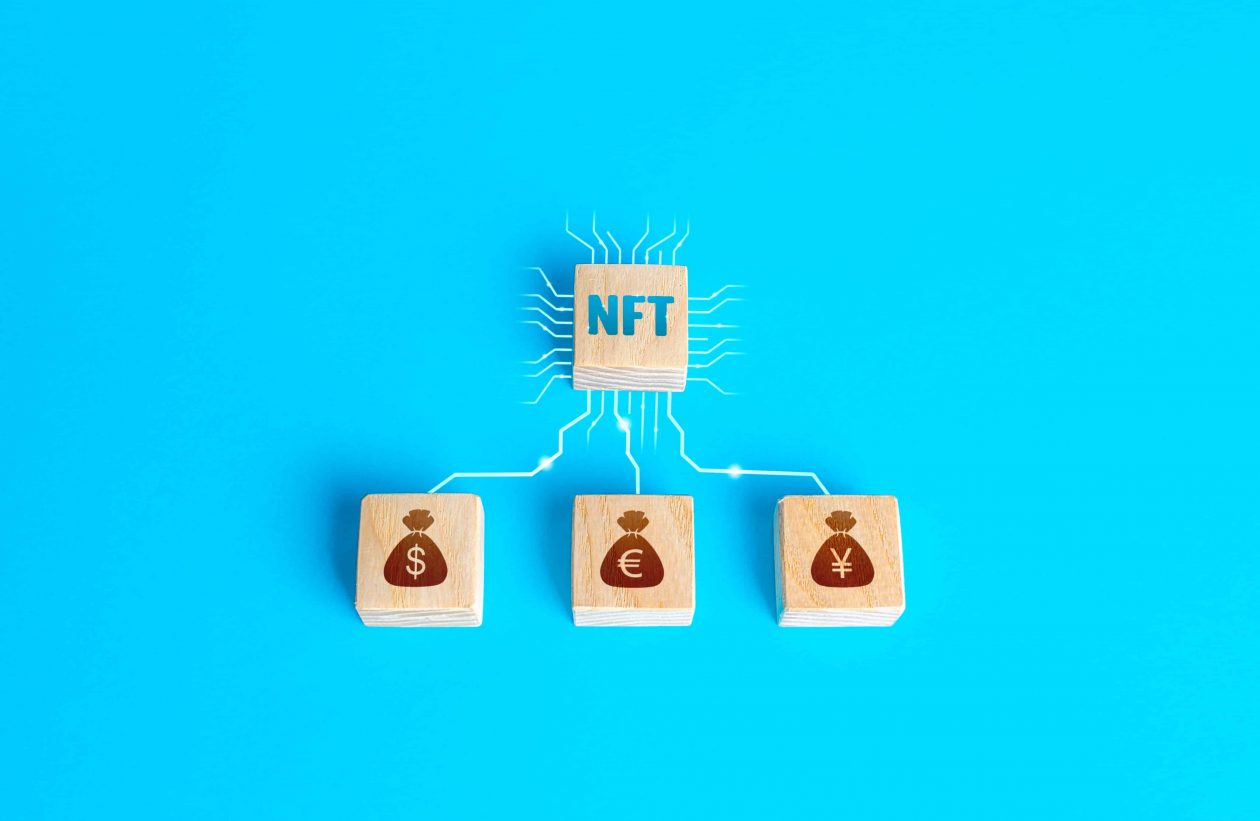Recently, the term NFT has become a buzzword. Almost every day there’s a new story emerging of high-profile digital art or some promotional celebrity offering. The truth is, NFTs — short for non-fungible tokens — have been around for several years now, but only in recent months have they captured a more mainstream awareness.
While the use of NFTs within art or collectibles brings mass attention to this novel tech, an entire swath of potential is being overlooked. When it comes to practical implementation of NFTs, there are few places more ripe for integration than in trade finance. Everything from the provenance of goods, fraud prevention and even debt management can be streamlined and verified using blockchain-based NFTs.

Using distributed ledger technology (DLT), smart contracts and tokenization in trade finance isn’t merely a hypothetical; these technologies exist, and there are companies already implementing them for businesses worldwide.
Enabling wider accessibility to trade finance
Since its inception, trade finance has been facilitated by centralized institutions who provide oversight on transactions, investments, and trade contracts as a means of instilling trust and accountability. While necessary, these intermediaries create stumbling blocks that can often produce inefficiencies and impinge access to these services for many. For example, the overhead to implement these safeguards is significant and so, too, are the prices for services. Furthermore, the sheer number of moving parts being performed by numerous parties leaves room for error or fraud.
However, blockchain, and smart contracts can potentially augment the trade finance industry. These new systems stand to both offer completely verifiable and transparent transactions as well as immutable code that can enforce contracts and only allow transfers when specific conditions have been met. NFTs are just one offshoot of this technology that stand to offer immutable digital documents that can act as a linchpin for trade finance networks.
Through these technologies, the middleman can be completely removed while simultaneously bolstering security, speed and trust. Blockchain can have systems of oversight coded directly into them, reducing costs and human error.
One major aspect of trade finance that stands to be revolutionized via NFTs is supply-chain management and automated payments. Supply chains are complex and play a bigger role than the transfer of goods alone. Traditionally, the flow of goods and the flow of money act as two discrete legs of the same transaction that must stay in sync for everything to operate smoothly. The introduction of blokchain means that both of these chains can be embedded into a single network and can literally only ever move in unison, removing the outmoded paperwork dance (purchase order, invoice, payment, receipt) between different clients and their suppliers.
For example, blockchain-based supply chains have been able to leverage this tech to allow both payments and goods to flow on the same fabric. This not only removes the need for ongoing reconciliation at each stage in the chain, but helps the industry build out to regions that lack access to institutional finance (exporters in developing markets, for example).
By mitigating issues around authentication, transparency, accessibility and liquidity that throttle global trade, tokenization via blockchain can allow for superior supply chain performance and bolster trade finance revenue. This has become even more important following widespread insolvencies in the wake of the Covid-19 pandemic.
Ensuring the provenance of the supply chain
Having unfalsifiable proof of a product’s point of origin is a huge improvement, but this is just the beginning. Gaining complete access to every step in the shipping process, every payment, and the veracity of each handover passed through along the way — all with a minimum of human oversight — will prove revolutionary. Future products can be embedded with QR codes or other tamper-resistant technologies, and these identifying features can be linked to NFTs on the blockchain, acting as digital receipts which are then tied to bills of lading, certificates of origin or any other type of documentation necessary.
There are decentralized trade finance networks that have already made this a reality by digitizing letters of credit via the blockchain. Doing so eliminates wasteful paper flow, fosters transparency and creates a viable single-connection network for bank-to-corporate and bank-to-bank transactions. In fact, in several pilots, digitizing the process has proven to reduce the time it takes to receive payment from five to10 days to as little as 24 hours.
Moreover, access to this type of information will also help consumers and consumer protection agencies gain a clearer understanding of the ethical considerations, such as product provenance, sourcing practices and how materials, and even employees, are treated. This will hold companies increasingly accountable for their decisions, which is essential for tackling many of the social, environmental and governance problems and risks that have plagued industries for years.
Debt management
Another important area that becomes vastly improved by all of the aforementioned developments is the ability for a company to track and manage its own debt as well as debt owed to it. Entire departments and small armies of employees are often required to handle this area of commerce. Hence, it shouldn’t be too hard to imagine how perfect recordkeeping can enhance accounting. But again, that’s only the surface.
Smart contracts can automate every step in trade financial systems. This means that key actions like approvals and shipments can only move forward once the blockchain has confirmed that a specific payment amount, signature authorization, or similar condition has been met. This then means that debt management can be handled in real time, and monthly invoices required to process payments can become a thing of the past. Best of all, this will all be done by code, eliminating much of the need for accountants and once again, saving organizations considerable capital.
Once properly deployed, Blockchain and NFTs will usher in a new era of trade finance and furthermore, global commerce. Long standing pain points will be eased or eliminated, end-user satisfaction should improve, and overheads for many industries stand to be severely reduced. It’s true, complete change won’t happen overnight, but now the tools are available for a true revolution to occur that benefits almost every level of the financial system.




